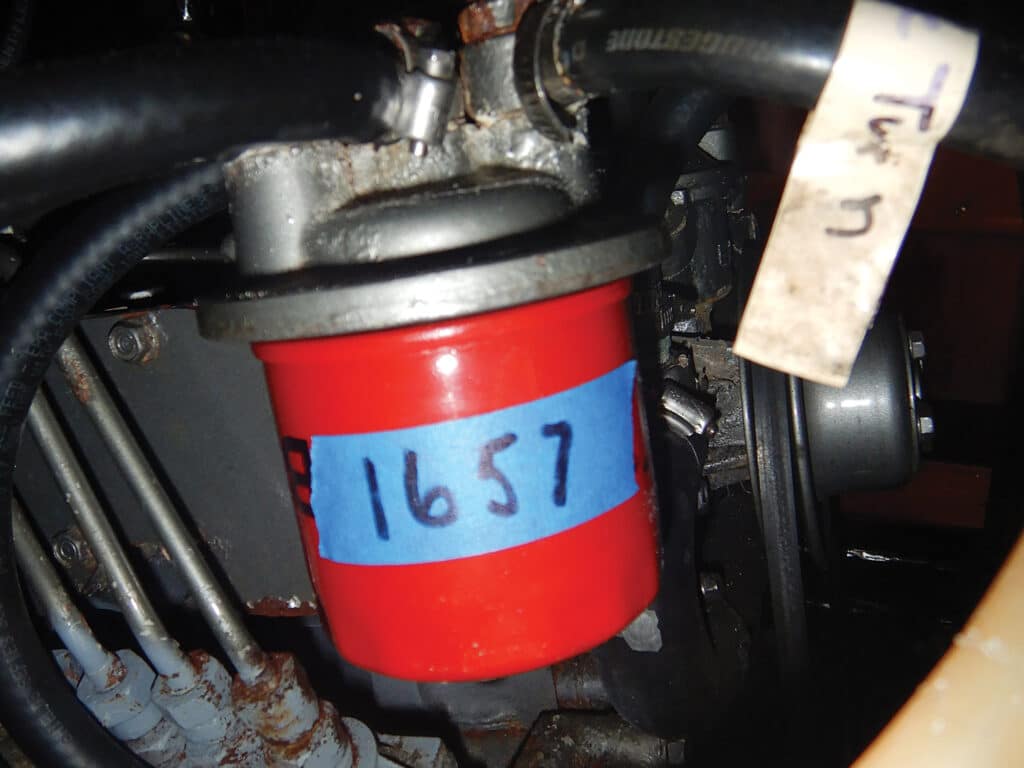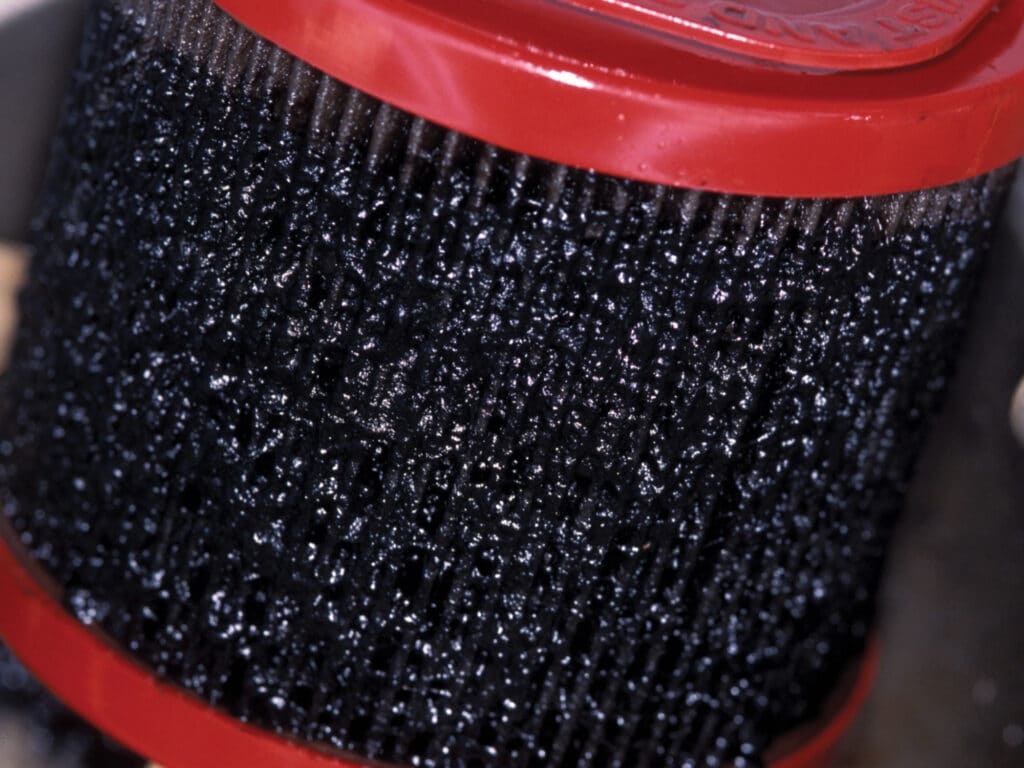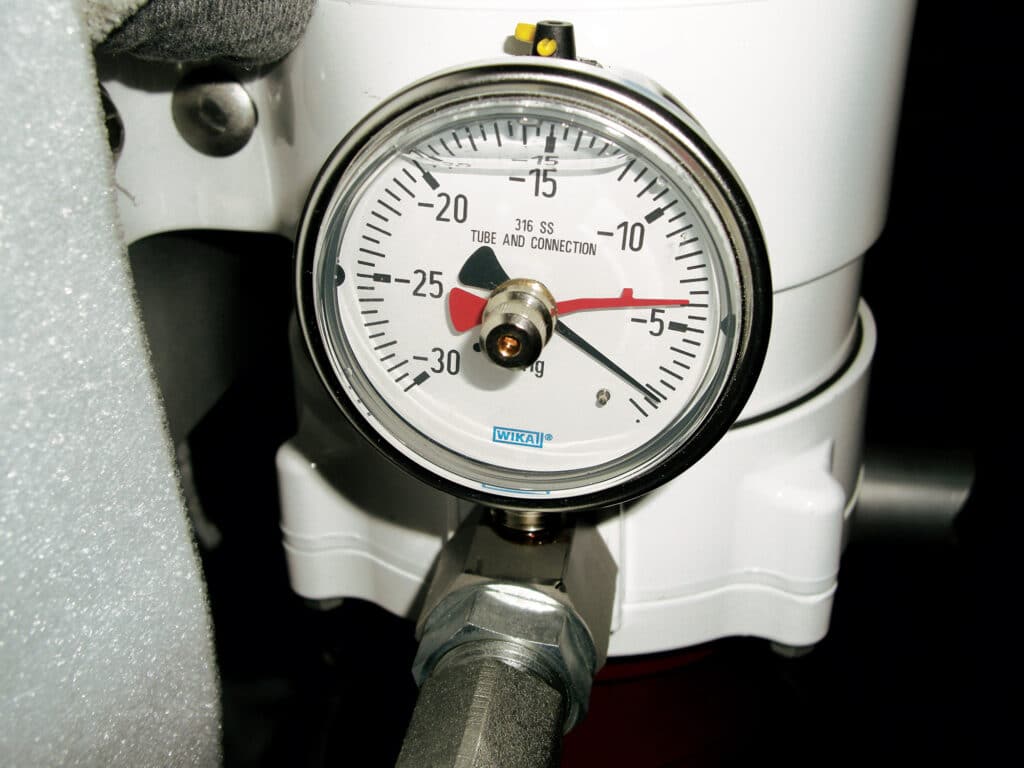
I’ve learned during my 35-year marine career that it’s easy to break the ice with boat owners by bringing up one of two subjects: anchor selection or fuel filtration. Here, I’ll discuss the latter.
Diesel engines require only a few elements to start and operate reliably: air, cooling water, compression and clean fuel.
Air is rarely a problem. Air filters, if they’re present on marine diesels, rarely clog because there’s little dust at sea. Cooling water can be problematic, strainers might clog, and impellers do fail—but all of those are easily serviced. Compression can be controlled, to some degree, by ensuring that valve adjustments occur at scheduled intervals, to check piston-ring condition and wear.
Fuel cleanliness, on the other hand, is almost entirely within the boat owner’s control, with proper filtration.
Primary Filters
The primary fuel filter—the one that the fuel encounters first as it travels from the tank to the engine—is the most critical line of defense against contamination.
Fouling can take many forms, from water and the bacteria it supports to asphaltene, which is diesel fuel’s natural “dirt.” Primary fuel filters come in several forms; the one you choose should embody a few key features, including ease of maintenance, a large and see-through bowl, the ability to drain water quickly and easily, and readily available replacement filter elements.
The filter must be sized to handle the engine’s fuel-flow rate, which is different from fuel consumption. Most diesel engines pump more fuel than they use, returning the excess to the tank, with the return serving as an injector cooling method. However, there’s nothing to prevent you from using a filter with a higher rating. In fact, there are advantages.

Larger filters can hold more water, and their filter elements can retain more debris before becoming clogged. Equally as important: Larger filters are often easier to service, with a removable top lid, making them more desirable for virtually any installation.
Most primary filters let you select the micron rating of the element. Here’s where controversy often ensues.
Engine and filter manufacturers are virtually universal in their guidance that the smallest filter-element rating, usually 2 microns, should be reserved for secondary filtration (the second filter encountered by the fuel as it passes from tank to engine). Primary-filter elements are typically 10 or 30 microns. Some people suggest using a 2-micron primary-filter element, believing that it will catch all fuel-born debris. These people also think that they’ll have to service only the more easily replaced primary filter, leaving the secondary element in reserve.
In fact, this approach halves the effective filter-element surface area, making clogs more likely. Using the correct approach—a larger-micron element in the primary, and a smaller element in the secondary—lets you segregate contamination by size. While clean 2 and 30 micron elements offer the exact same resistance to fuel flow (virtually none), the 2-micron element will clog faster as the primary filter.

Primary-filter elements should be replaced when the filter’s vacuum gauge reaches about 5 inches of Hg (mercury), or annually, whichever comes first.
Secondary Filters
Secondary filters are located after the lift pump. They’re nearly always mounted on the engine, are metallic with no plastic or clear-sight bowls, and are typically of the spin-on variety, although some use a sandwich design.
Secondary filter elements are available from engine manufacturers and aftermarket suppliers. If you opt for the latter, make sure the filter is of the same micron rating as the original version, and of the highest-possible quality.
Steve D’Antonio offers services for boat owners and buyers through Steve D’Antonio Marine Consulting.








